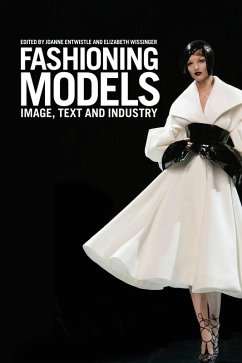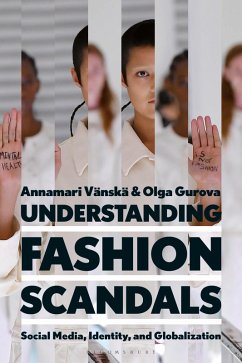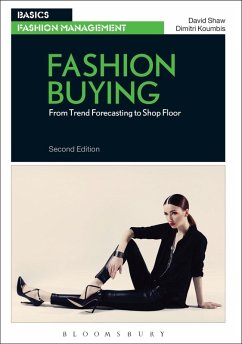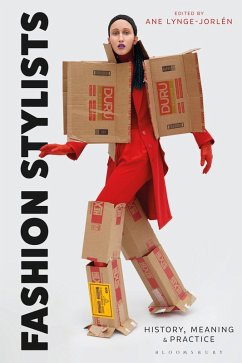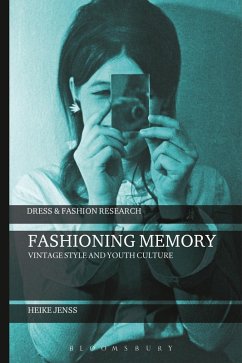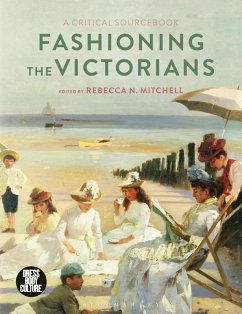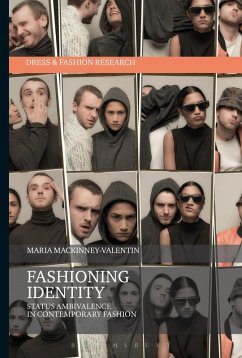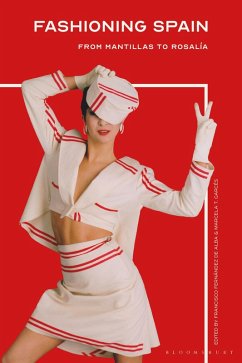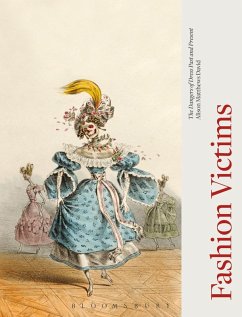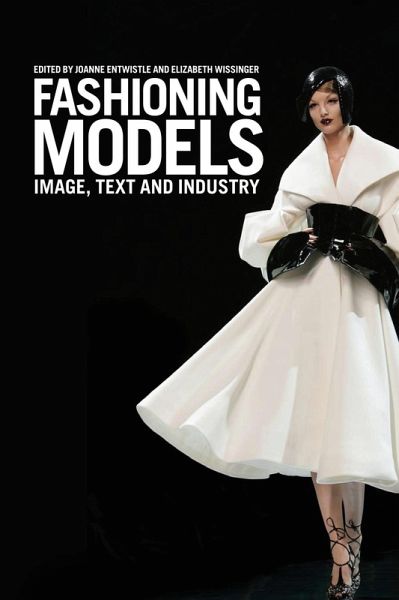
Fashioning Models (eBook, PDF)
Image, Text and Industry
Redaktion: Entwistle, Joanne; Wissinger, Elizabeth
Versandkostenfrei!
Sofort per Download lieferbar
29,95 €
inkl. MwSt.
Weitere Ausgaben:

PAYBACK Punkte
15 °P sammeln!
The fashion model's hold on popular consciousness is undeniable. How did models emerge as such powerful icons in modern consumer culture? This volume brings together cutting-edge articles on fashion models, examining modelling through race, class and gender, as well as its structure as an aesthetic marketplace within the global fashion economy. Essays include treatments of the history of fashion modelling, exploring how concerns about racial purity and the idealization of light skinned black women shaped the practice of modelling in its early years. Other essays examine how models have come to...
The fashion model's hold on popular consciousness is undeniable. How did models emerge as such powerful icons in modern consumer culture? This volume brings together cutting-edge articles on fashion models, examining modelling through race, class and gender, as well as its structure as an aesthetic marketplace within the global fashion economy. Essays include treatments of the history of fashion modelling, exploring how concerns about racial purity and the idealization of light skinned black women shaped the practice of modelling in its early years. Other essays examine how models have come to define femininity through consumer culture. While modelling's global nature is addressed throughout, chapters deal specifically with model markets in Australia and Tokyo, where nationalist concerns colour what is considered a pretty face. It also considers how models glamorize consumption through everyday activities, and neoliberal labour forms via reality TV. With commentaries from industry professionals who experienced the cultural juggernaut of the supermodels, the final essay situates their impact within the rise of brand culture and the globalization of fashion markets since 1990. Accessible and highly engaging, Fashioning Models is essential reading for students and scholars of fashion and related disciplines.




